We harvested 70ac of first-cut silage last week. Grass was mowed on Wednesday 13 May and kicked out to wilt before baling on Thursday evening (14 May).
The majority of grass was baled on Friday and thankfully, we saved all forage before the rain came that evening.
From the 70ac that were closed off, we harvested 228 bales, which is an average yield of 3.25 bales/ac. While yield was down on previous years, I decided to go early with silage for a couple of reasons.
Quality over quantity
Firstly, as first-cut is targeted to our finishing cattle and replacement heifers, we need high-quality silage to drive liveweight gain and cut down on concentrate feeding.
Secondly, we do not have a clamp on the farm, so all silage is made in bales. Last year, we made over 1,000 bales in first-cut alone, which was a nightmare to handle.
As silage is costed on a per bale basis, having such a big number of bales cost us a lot more money. Stacking space and disposing of plastic was also an issue.
So, while cutting grass early may mean a lighter yield, it greatly reduced the number of bales that needed to be handled.
Also, the weather went against us last year and cutting date was delayed by nearly three weeks. While we had plenty of bulk, bales were wet and the feed value was reduced as a result.
With a window of opportunity to cut silage last week, we decided to make the most of it and avoid a repeat of last year.
Silage budget
A fodder budget will outline how much silage we need to carry on-farm for the upcoming winter period.
We have plenty of scope to take out surplus grass from grazing ground over the next month, as well as aiming for a heavier crop in second-cut silage.
As there is less of an issue with grass heading out in second-cut, it is easier to let the crop bulk out.
The budget can be updated as additional bales are made, leaving us in a good position to meet winter forage needs.
I weighed a few bales and they were typically 900kg to 950kg. Having a handle on the weight of bales will help to complete a more accurate fodder budget.
Fertiliser
Silage ground was closed off on 4 April, having received three bags per acre of 23:0:10 and slurry. I had worked out that the nitrogen would have been used up around 20 May.
Grass was still relatively green last week, as it was mowed. However, getting a good wilt will help with fermentation and reduce the risk of any residual nitrogen coming through in the silage.
Which is more cost effective – bales or pit silage?
When it comes to harvesting silage, there is a tipping point when bales are more cost effective than ensiling grass in a clamp, and vice versa.
Ultimately, it depends on the yield of grass, followed by the contractor costs for harvesting silage. An example of comparing costs is outlined below and is based on typical contractor charges.
These are set at £9/bale of grass silage saved and stacked in the yard. Ensiled grass using a self-propelled forager outfit is set at £60/ac for grass left in the pit.
Example
Assuming a farmer is cutting 50ac of first-cut in May at an average yield of 6t/ac, there is 300t of grass to lift.
For the ensiled option, this works out at a contractor cost of £3,000 or £10/t of grass. Note that this is contractor-only charges. All fertiliser used to grow grass, weed control and conacre costs are excluded.
For the baled silage option, 300t across an average bale weight of 900kg amounts to 333 bales. At £9/bale, total contractor costs are £2,997 and in line with the cost of putting silage in a clamp.
Cost benefit
Based on the outlined example, if silage yields were below 6t/ac, it is more cost effective to bale silage.
Conversely, if silage yields exceed 6t/ac, then putting grass in the pit is a much more cost effective option.
If the cost to ensile grass in the clamp was £55/ac, then at the outlined yield, the break-even price for baling silage would be £8.25/bale, assuming an average weight of 900kg/bale.
Based on the first-cut yield that Jonathan harvested, baling was a much more cost effective method to conserve grass.
Other factors
While a simple break-even cost comparison can be drawn up between both harvesting methods, there are other factors to consider where a direct cost is much more difficult to apply.
For instance, baling, wrapping and stacking silage bales tends to be much slower compared to lifting grass with a self-propelled harvester and trailers. Putting a value on this additional time is difficult.
When feeding silage in the winter, cutting blocks from a clamp is faster than opening multiple bales and there are less issues with waste plastic.
Advantages
However, there are advantages to working with bales. These include being able to separate out grass silage that is higher in quality, and target this forage to higher-priority cattle, such as finishing animals.
Bales also offer greater flexibility during a wet period, when small numbers of cattle require a brief re-housing period. In such a scenario, opening a clamp is less practical.
With bales, there is less wasted forage. Whereas with clamp silage, there can be a lot of waste accumulated along the side walls and top of the pit. The pit face can also spoil if utilisation rate is low once opened.
In most cases, the best scenario is a combination of the two methods. For example, ensiling heavier main crops and baling smaller paddocks and surplus grazing.
Read more
Watch: Farm Tech Talk - beef and dairy prices, ships stranded at sea and the EU budget
Beef management: five tips for worm control in cattle
We harvested 70ac of first-cut silage last week. Grass was mowed on Wednesday 13 May and kicked out to wilt before baling on Thursday evening (14 May).
The majority of grass was baled on Friday and thankfully, we saved all forage before the rain came that evening.
From the 70ac that were closed off, we harvested 228 bales, which is an average yield of 3.25 bales/ac. While yield was down on previous years, I decided to go early with silage for a couple of reasons.
Quality over quantity
Firstly, as first-cut is targeted to our finishing cattle and replacement heifers, we need high-quality silage to drive liveweight gain and cut down on concentrate feeding.
Secondly, we do not have a clamp on the farm, so all silage is made in bales. Last year, we made over 1,000 bales in first-cut alone, which was a nightmare to handle.
As silage is costed on a per bale basis, having such a big number of bales cost us a lot more money. Stacking space and disposing of plastic was also an issue.
So, while cutting grass early may mean a lighter yield, it greatly reduced the number of bales that needed to be handled.
Also, the weather went against us last year and cutting date was delayed by nearly three weeks. While we had plenty of bulk, bales were wet and the feed value was reduced as a result.
With a window of opportunity to cut silage last week, we decided to make the most of it and avoid a repeat of last year.
Silage budget
A fodder budget will outline how much silage we need to carry on-farm for the upcoming winter period.
We have plenty of scope to take out surplus grass from grazing ground over the next month, as well as aiming for a heavier crop in second-cut silage.
As there is less of an issue with grass heading out in second-cut, it is easier to let the crop bulk out.
The budget can be updated as additional bales are made, leaving us in a good position to meet winter forage needs.
I weighed a few bales and they were typically 900kg to 950kg. Having a handle on the weight of bales will help to complete a more accurate fodder budget.
Fertiliser
Silage ground was closed off on 4 April, having received three bags per acre of 23:0:10 and slurry. I had worked out that the nitrogen would have been used up around 20 May.
Grass was still relatively green last week, as it was mowed. However, getting a good wilt will help with fermentation and reduce the risk of any residual nitrogen coming through in the silage.
Which is more cost effective – bales or pit silage?
When it comes to harvesting silage, there is a tipping point when bales are more cost effective than ensiling grass in a clamp, and vice versa.
Ultimately, it depends on the yield of grass, followed by the contractor costs for harvesting silage. An example of comparing costs is outlined below and is based on typical contractor charges.
These are set at £9/bale of grass silage saved and stacked in the yard. Ensiled grass using a self-propelled forager outfit is set at £60/ac for grass left in the pit.
Example
Assuming a farmer is cutting 50ac of first-cut in May at an average yield of 6t/ac, there is 300t of grass to lift.
For the ensiled option, this works out at a contractor cost of £3,000 or £10/t of grass. Note that this is contractor-only charges. All fertiliser used to grow grass, weed control and conacre costs are excluded.
For the baled silage option, 300t across an average bale weight of 900kg amounts to 333 bales. At £9/bale, total contractor costs are £2,997 and in line with the cost of putting silage in a clamp.
Cost benefit
Based on the outlined example, if silage yields were below 6t/ac, it is more cost effective to bale silage.
Conversely, if silage yields exceed 6t/ac, then putting grass in the pit is a much more cost effective option.
If the cost to ensile grass in the clamp was £55/ac, then at the outlined yield, the break-even price for baling silage would be £8.25/bale, assuming an average weight of 900kg/bale.
Based on the first-cut yield that Jonathan harvested, baling was a much more cost effective method to conserve grass.
Other factors
While a simple break-even cost comparison can be drawn up between both harvesting methods, there are other factors to consider where a direct cost is much more difficult to apply.
For instance, baling, wrapping and stacking silage bales tends to be much slower compared to lifting grass with a self-propelled harvester and trailers. Putting a value on this additional time is difficult.
When feeding silage in the winter, cutting blocks from a clamp is faster than opening multiple bales and there are less issues with waste plastic.
Advantages
However, there are advantages to working with bales. These include being able to separate out grass silage that is higher in quality, and target this forage to higher-priority cattle, such as finishing animals.
Bales also offer greater flexibility during a wet period, when small numbers of cattle require a brief re-housing period. In such a scenario, opening a clamp is less practical.
With bales, there is less wasted forage. Whereas with clamp silage, there can be a lot of waste accumulated along the side walls and top of the pit. The pit face can also spoil if utilisation rate is low once opened.
In most cases, the best scenario is a combination of the two methods. For example, ensiling heavier main crops and baling smaller paddocks and surplus grazing.
Read more
Watch: Farm Tech Talk - beef and dairy prices, ships stranded at sea and the EU budget
Beef management: five tips for worm control in cattle




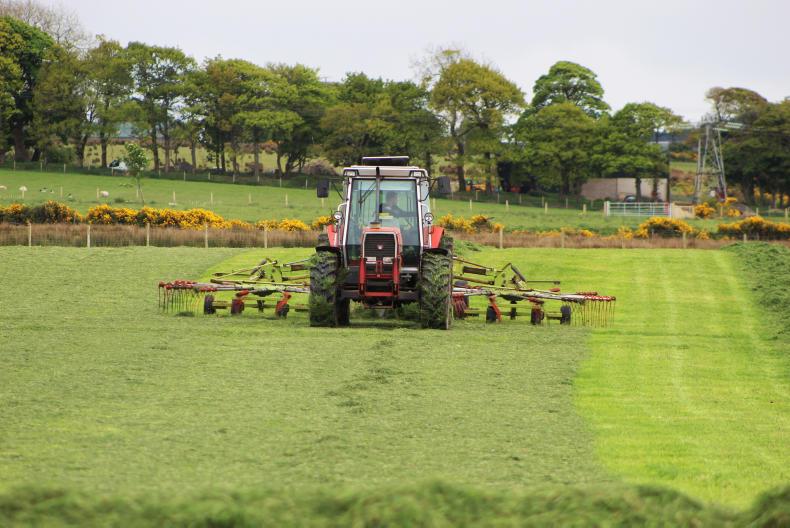
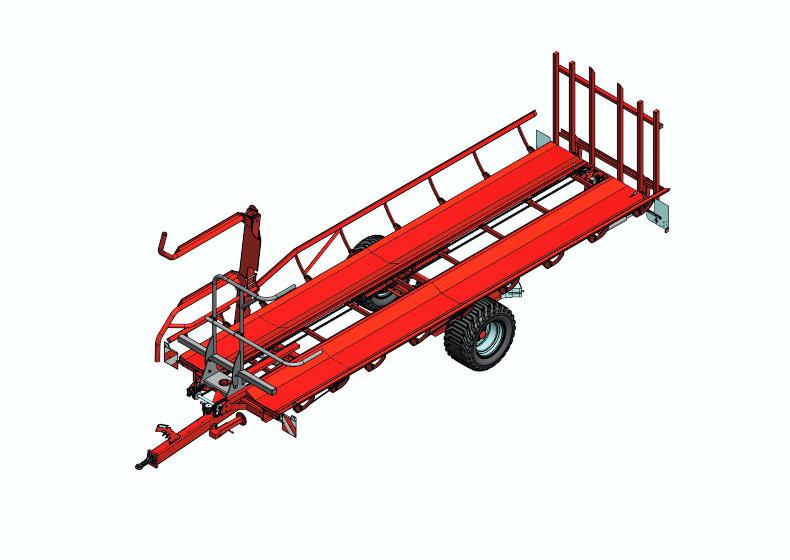

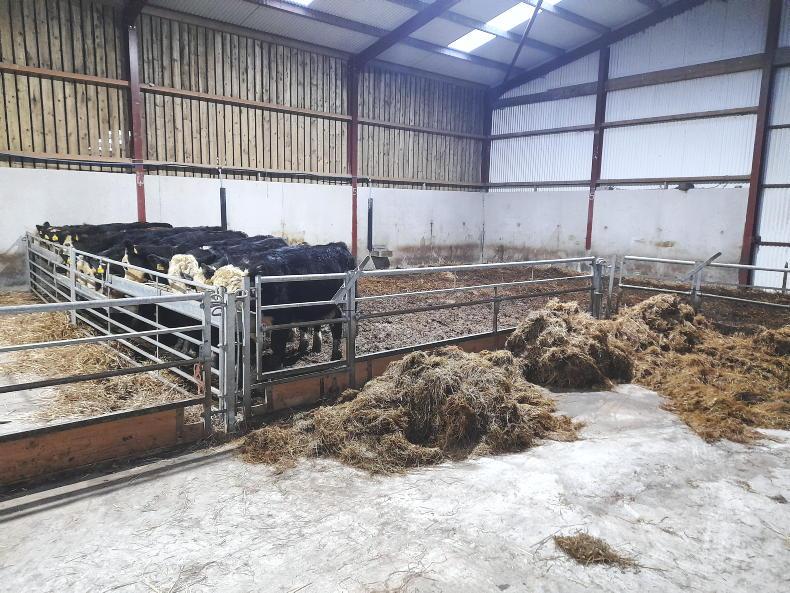
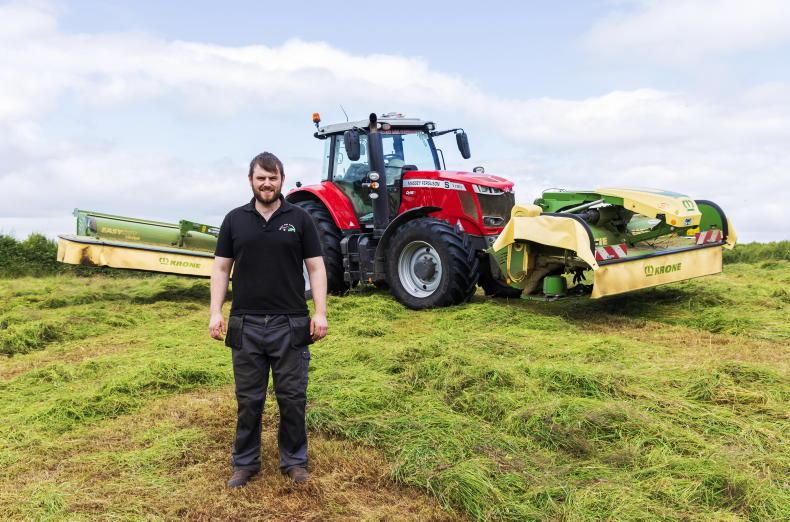
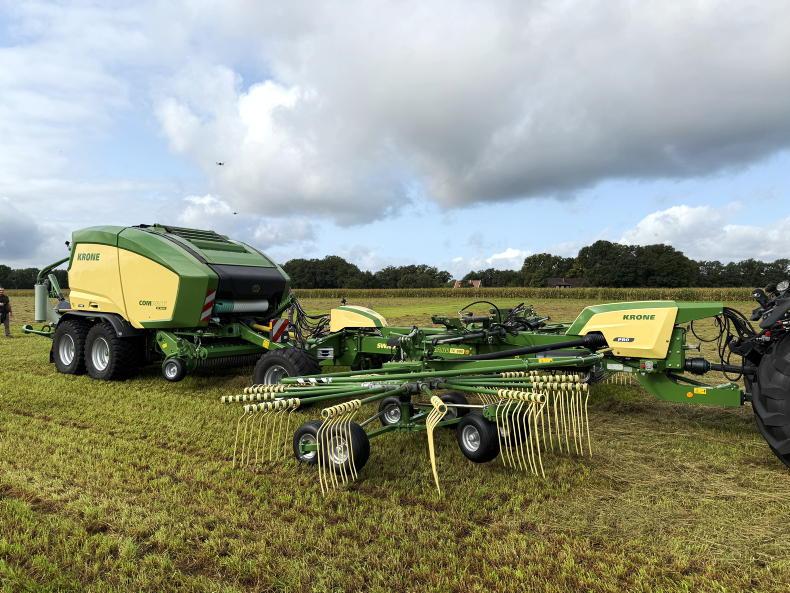
SHARING OPTIONS